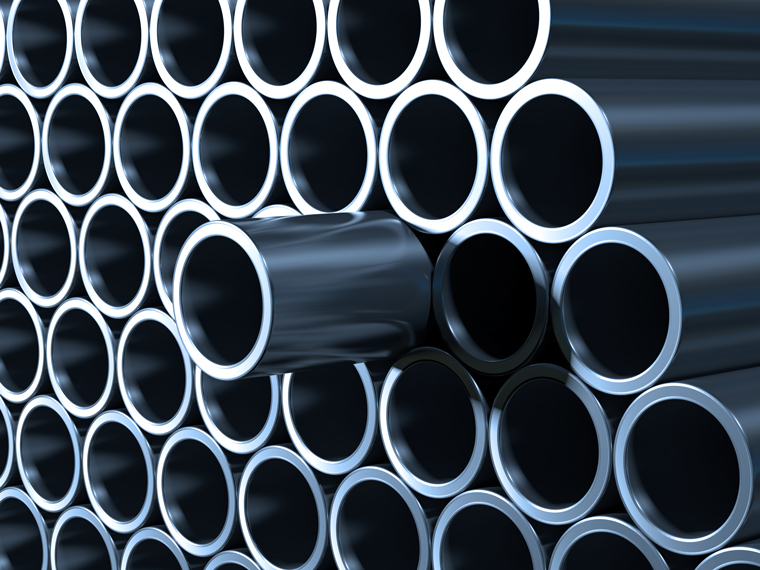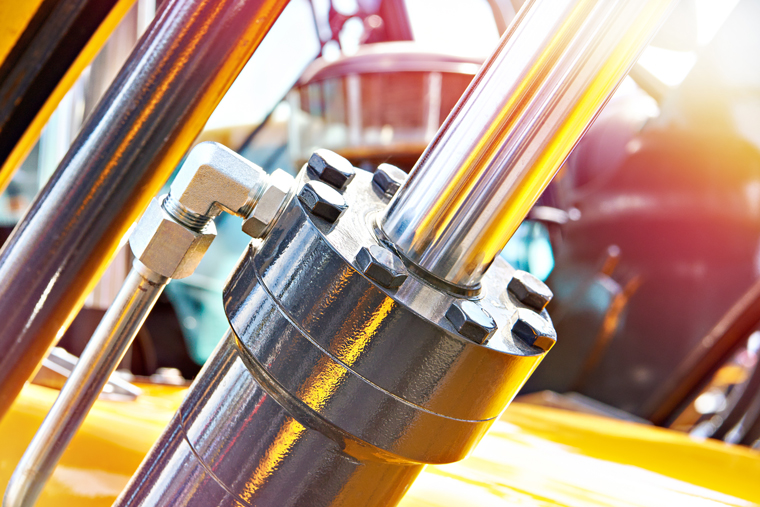

Guide - How to Select the Right Cylinder Tube?

The use of cylinder has become a necessity in the automotive, production and spacecraft industry. Pneumatic, hydraulic, and electrical power are now essential components of the automotive construction, other electrical and manufacturing business. To generate power using various mediums like air, water, and gas, two primary types of cylinders are used: pneumatic and hydraulic.
Cylinder tubes thus effectively and efficiently manage the entire construction, manufacturing automotive and other important industries worldwide. The following sections go over how to pick the best cylindrical tube.
How to select the correct cylinder tube?
The steel tube manufacturing process is divided into two kinds: honing and skiving and roller burnishing.
-
Honing:
Itis an abrasive process where the cylinder tube gets the final size and interior of tubing or cylinder bores. The standard specification of honing is 18-300mm, and customized maximum is 1000mm.
-
Skiving and roller burnishing:
Itis the process of cutting the metals into small slices. Both of these processes are vital in the manufacture of cylinder tubes. Moreover, with skiving and roller burnishing, the specification of up to 150mm of inner diameter can be achieved, compared to Honing.
Consider the following points when selecting a cylinder tube:
-
Size:
Calculate the push and pull force required to move the load and choose a cylinder with a suitable bore size to avoid any failure. The size of the cylinder will be responsible for handling the overall load capacity and friction. Moreover, if customers need any particular size, material, or length, Golden Asia can process it for them. We stock various sizes from small diameter to large diameter, which can be used in pneumatic cylinder and hydraulic cylinde.
-
Rod diameter:
The second and most essential point to consider while buying any cylinder is piston rod diameter. The piston rod diameter should carefully be considered, with the stroke length of the cylinder. Moreover, the stroke length of the cylinder should match the distance that the load needs to move. The more the stroke length increases, the larger bearing loads on the piston rods become larger.

-
Cushions:
The use of cushions on either end of the cylinders is discretionary. Additionally, cushions are used in cylinder tubes to slow down high-speed rods and lessen the force with which the piston assembly strikes the cylinder end cap. Furthermore, whether the cylinder is mounted with a clevis, flange, or another mount form, it should be compatible with the application. Check to see if the cylinder can be installed in accordance with the specifications.
-
Environment:
The operating environment can affect the choice of materials, seals, and other components used in the cylinders. For example, corrosive or abrasive environments may require specialized coatings or materials. Therefore, choose a cylinder that can withstand the operating environment's temperature, humidity, and other environmental factors. The most suitable is a chromed-plated tube as it is less prone to rust and therefore is capable of use, in pneumatic cylinders, food machinery, or in a more humid environment. The seamless tube (ID Honed & OD Chromium Plated) For Telescopic Hydraulic Cylinder can be used in the garbage compactors, aerial ladder, forklifts, multilevel car park services
Whether choosing a pneumatic cylinder or a hydraulic cylinder, it is always recommended to consult; with an expert cylinder supplier or an engineer to ensure that the right cylinder chosen is accurate for the specific applications. They can provide technical guidance and support in selecting the best cylinder for the job.
At Golden Asia, we have a wide range of steel pipe sizes, from small for pneumatic cylinders to large for hydraulic cylinders, and we have them all in stock. At the same time, we can work with customers' drawings, and if special sizes need repair, we can help customers weld flanges and repair them. Our steel pipes include carbon steel (EN 1.0580, E355, JIS STKM13C, DIN ST52, SAE1020), precision seamless stainless steel, and aluminum alloy pipes, available in different environments. Visit our online store to learn more about our products.
- Mr. Fang Chien Tien Appointed 17th President of Central Taiwan Entrepreneurship Association
- Know The Distinctions Between Different Types of Piston Rod
- Where are induction hardened chromed shaft and SAE4140 hard chrome bar be used?
- GOLDEN ASIA- Pioneer of Evolution in Industrial of Hydraulic Cylinder
- A Comparative Analysis of S45C, S55C, and SUJ2 Hard Chrome Plated Steel Bars
- Piston Rod Chrome-plating Solution and Chrome Plating Method (Horizontal and Conventional) Affect the Lifespan of the Shaft
- All visitors must have a confirmation of registration to enter Golden Asia to prevent the outbreak of COVID-19
- World-class Manufacturer of Hard Chrome Piston Rod and Cylinder Tube
